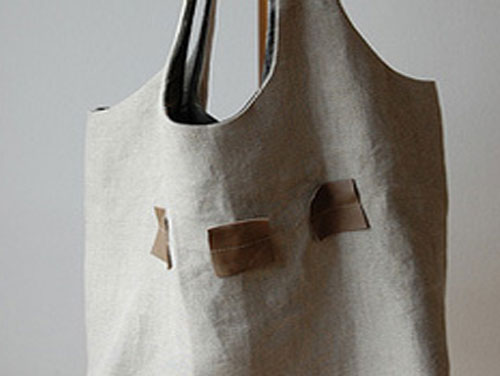 I know, I’ve already chewed your ear off about knitting, and I promise to get to the matter at hand – greening it up. But, it’s not everyday the circus comes to town and you get to jump into the ring with your buddies.
I know, I’ve already chewed your ear off about knitting, and I promise to get to the matter at hand – greening it up. But, it’s not everyday the circus comes to town and you get to jump into the ring with your buddies.
Knitted Rapture
While a bit overwhelming, The New York State Sheep and Wool Festival brings both pageantry and artistry to the creative craft of knitting. The sheer quantity and quality of yarn and wool-related items at this event is truly remarkable.
I generally don’t wear my love for knitting on my sleeve. Actually, most of my knit/purling goes directly to gift giving, but once a year at the Sheep and Wool Festival I'm in my element. In my yarn rapture, I feel connected to this creative community. Each year, I bring home one special skein (ok, maybe two) that reflect the moment.
Socks made from last year's blue/green gem:
Poking through the bins today, I found this beauty:
Greening up
As I continue to examine the eco-friendliness of….well, everything, I’ve got to say that knitting is not the greenest of crafts. It’s expensive, and much of the yarn is dyed with nasty chemicals. The manufacturing process is not energy-efficient, and a large chunk of yarn comes from faraway places, and that stomps on our carbon footprint.
What about organic yarn? Yes, organic yarn exists and it adheres to the same rigorous requirements as organic meat. The sheep must be fed organic food and be free of injected growth hormones. Their fleeces cannot be washed in chemicals. Even managing organic livestock is more sustainable than mass farming because the overgrazing of sheep is limited.
The yarn industry as a whole may have a way to go, but it’s encouraging to see that more and more small yarn producers are greening up their wares as they move forward in favor of a more sustainable future…like these folks:
Unraveled
I’ll leave you with a pearl of wisdom that my friend, Eric once noted while watching me (during a faculty meeting) rip out two hours of complicated knitting. He said that if you want to really get to the heart of a problem, you’re going to have to unravel your knitting and follow the situation back to the place where you made the mistake. Then move forward.
Photo Credit: Socks - Jen Kiaba






